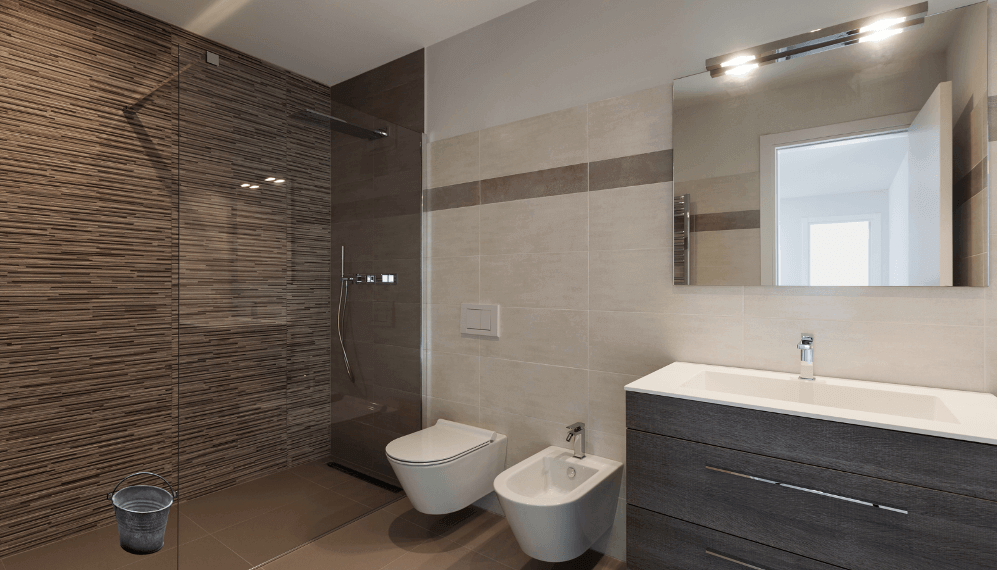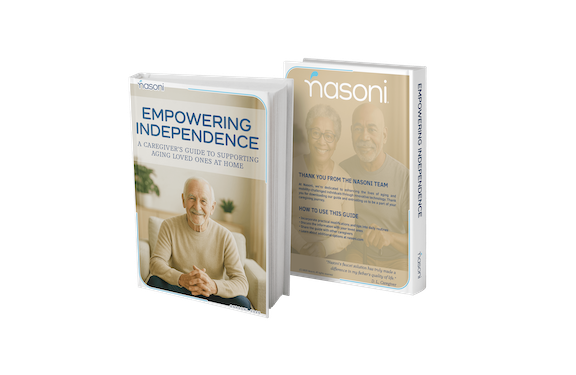The Best Ways to Conserve Water at Home

Why conserve water? After all, it's a renewable resource, and the planet is mostly covered in water. Yes, most of the Earth's surface is water, but less than 3% of it is clean freshwater. The rest of it is saltwater and undrinkable in its natural form. From that tiny amount of freshwater remaining, 2% of it is frozen, and much of the rest is locked up in just a few massive lakes, such as the Great Lakes in the United States. Climate change is resulting in a greater number of droughts occurring around the world, leading to freshwater becoming an increasingly rare life essential. That means from here on out, it will be vital to conserve water.
Since water scarcity is becoming a major issue, we would like to share some of the best ways to conserve water. This will allow you to be a part of the solution so that everyone can have access to fresh and clean water.
Here are some of the best ways to conserve water in your home.
Toilets
You can save 10+ gallons of water each day if you use a float booster. This is something placed within a toilet tank that is filled with water, raising the overall water level with less water. If you are the DIY type or want a more affordable solution, making one out of a plastic bottle is easy to do.
The next option is to install an adjustable toilet flapper, which typically take only minutes to install. Adjustable toilet flappers are designed to regulate how much water is saved by turning a dial at the bottom, with 1 saving the least amount of water, while 7 saves the most. This allows control of the flush rate, ensuring you get a good flush whenever you use the toilet while using less water.
A third way to conserve toilet water is to swap out your current toilet with an ultra-low volume (ULV) model. These typically use only 1.6 gallons of water per flush, which is a remarkable 70% less than non-ULV models.

Showers
The shower is another high-use device that can benefit from water conservation efforts.
The first way to conserve water in the shower is to consider using a five-gallon bucket. Every morning when you turn the shower on and wait for the water to warm up clean water is simply going down the drain. Every minute the shower is on can waste as much as two gallons or more, so use a bucket to catch that water for use elsewhere in the home such as watering houseplants.

The next easy way to reduce water use is to replace your showerhead with a water-saving model. The current standard for low flow heads is 2.5 gpm at 80 psi, however, some low flow shower heads deliver a mere 1.6 gpm. Compare this with the five to ten gallons regular showerheads use, and the water savings can be considerable.
Another method of water conservation that can be employed right away is to take shorter showers. Reducing daily shower durations by a single minute can save as much as a thousand gallons of water a year and turning off the water between soaping up and rinsing can also help. Alternatively, if you prefer to keep the water flowing then consider a shower timer. Installing a shower timer in the bathroom is the easiest way to keep track of time spent showering.
Laundry
Washing machines are another big consumer of water. To maximize water efficiency, wait to do laundry until you have a full load to do. Once you’re ready to run a load through the wash, avoid using the permanent-press cycle option. By using it, you are using an additional five gallons of water unnecessarily. If you have only a partial load, then adjust the water level accordingly.

If your current washing machine is an old one it may be using as much as 54 gallons of water, so it may be time to swap it out with a new high-efficiency model. There are some available today that use a mere seven gallons of water for a load of laundry.
Kitchen and Bathroom Faucets
Finally, faucets are another major means of water usage. The easiest and most affordable way to conserve water is to install low-flow aerators into your faucets. Low-flow aerators save a fair amount of water very effectively.
By turning off the bathroom faucet after wetting your toothbrush, you’ll also conserve water. One third of Americans leave the water running while brushing your teeth. Teaching kids to turn the water off while they brush is also a great way to begin their journey on water conservation.

In the kitchen, opt for washing dishes in a dishwasher instead of washing them by hand in the sink. It may seem as though a dishwasher uses a significant amount of water, but that's not necessarily the case. The EPA has estimated that the latest high-efficiency dishwashers are only using around half the water you would be using if you hand-washed all of your dishes. This can save a whopping 5,000 gallons annually!

If you do decide to hand-wash and have two sinks, fill one basin with soapy water and the other with water for rinsing. If there is only a single basin, wash your dishes in it, and rinse with a sprayer or pan containing very hot water.
Be the Change for a Better World
Now that you understand the need to conserve water and some of the best ways do to so, you can be a trailblazer of positive change for the benefit of humanity. We only have one planet to call home. When each of us does our part in keeping the environment clean and healthy for all of us, we will see a world that thrives.
Nasoni is doing its part in being the change by developing a revolutionary bathroom faucet that is the most water-efficient faucet ever made. Not only does it work as a normal bathroom faucet, it also has the option to transform into a water fountain by simply rotating its fountain lever.
Traditional faucets use 2.2 gallons of water per minute (gpm), while Nasoni’s fountain feature uses a mere 0.26 gpm. Use the normal bathroom faucet mode to wash your hands, while using the water-saving fountain feature to do everything else you would need water for, such as rinsing facial cleanser or shaving cream, eyewash, getting a drink, or even a light hair rinse. Nasoni prides itself in this feat of patented engineering that makes life easier AND helps the planet.

With each additional water-saving bathroom faucet sold, we get closer to achieving our goal of saving more than one billion gallons of water annually by 2030. By installing one yourself, you become a key part of that story.




Leave a comment